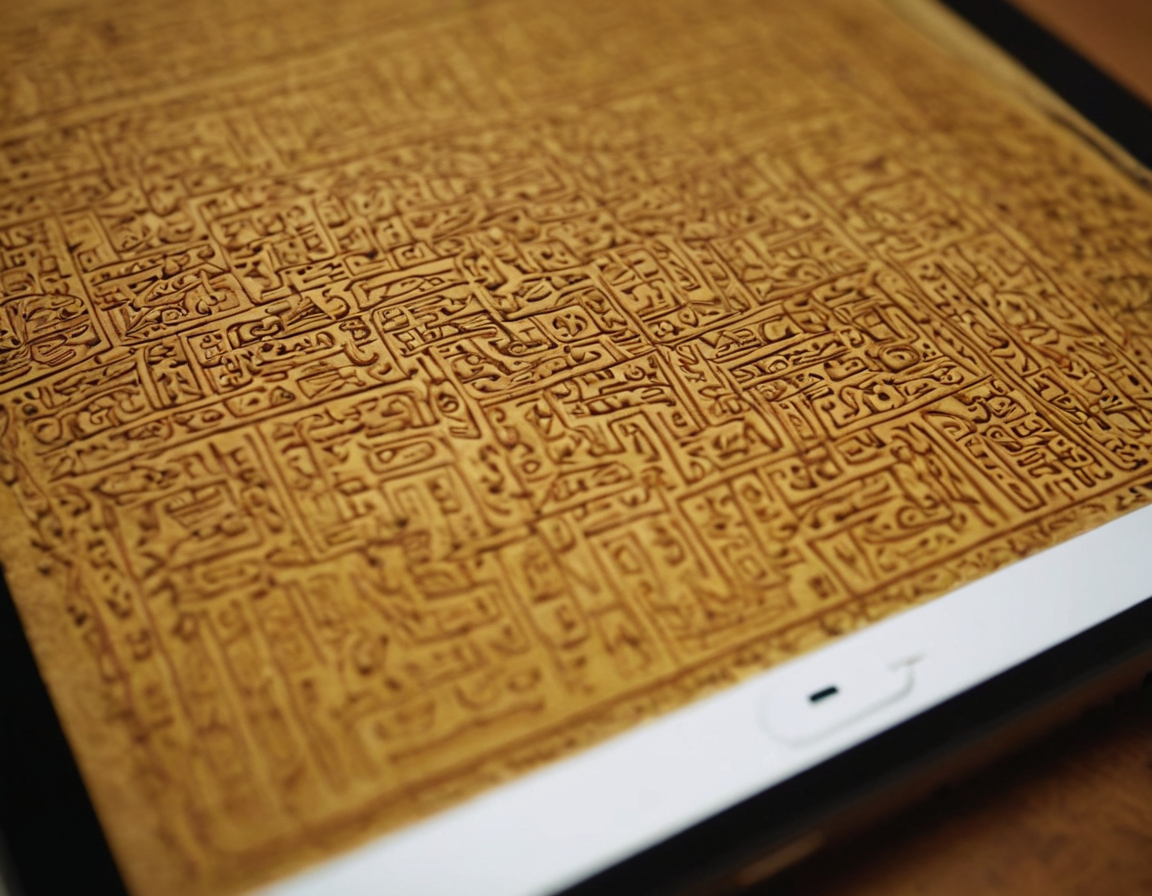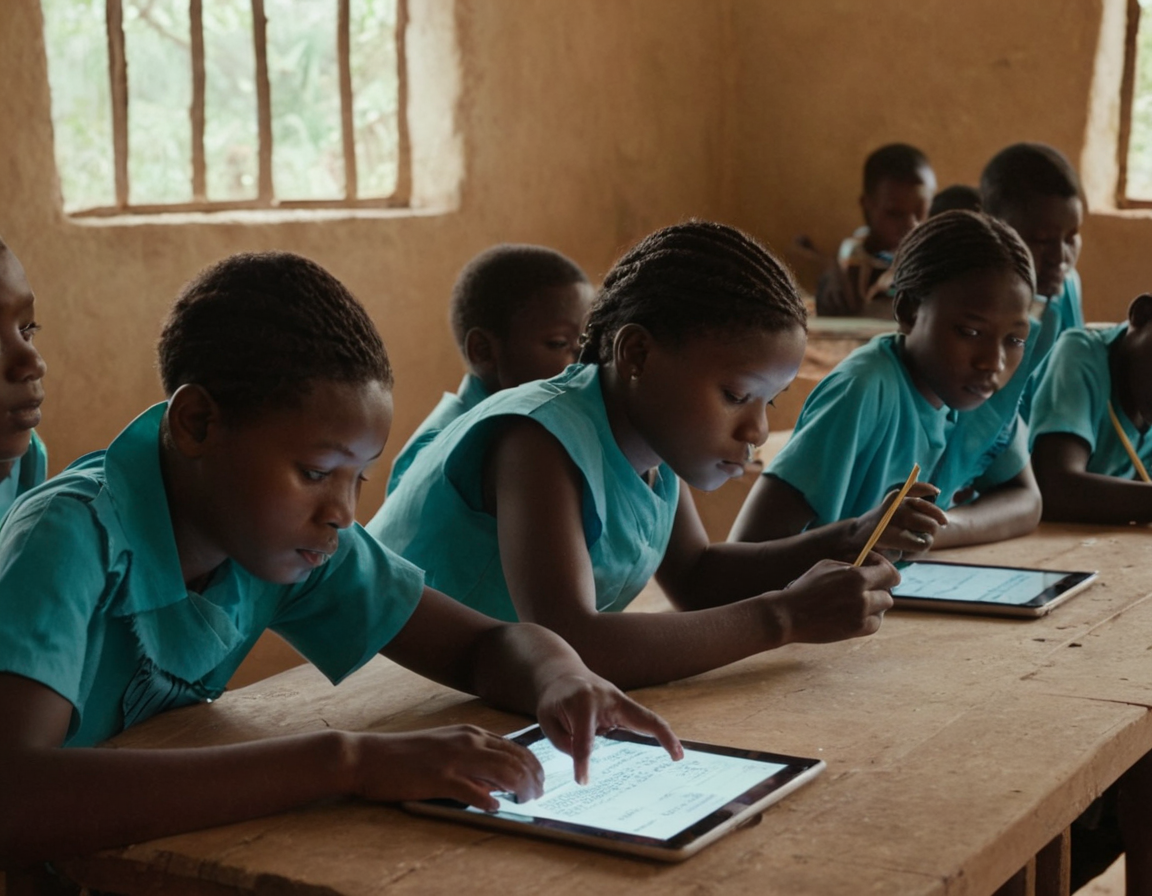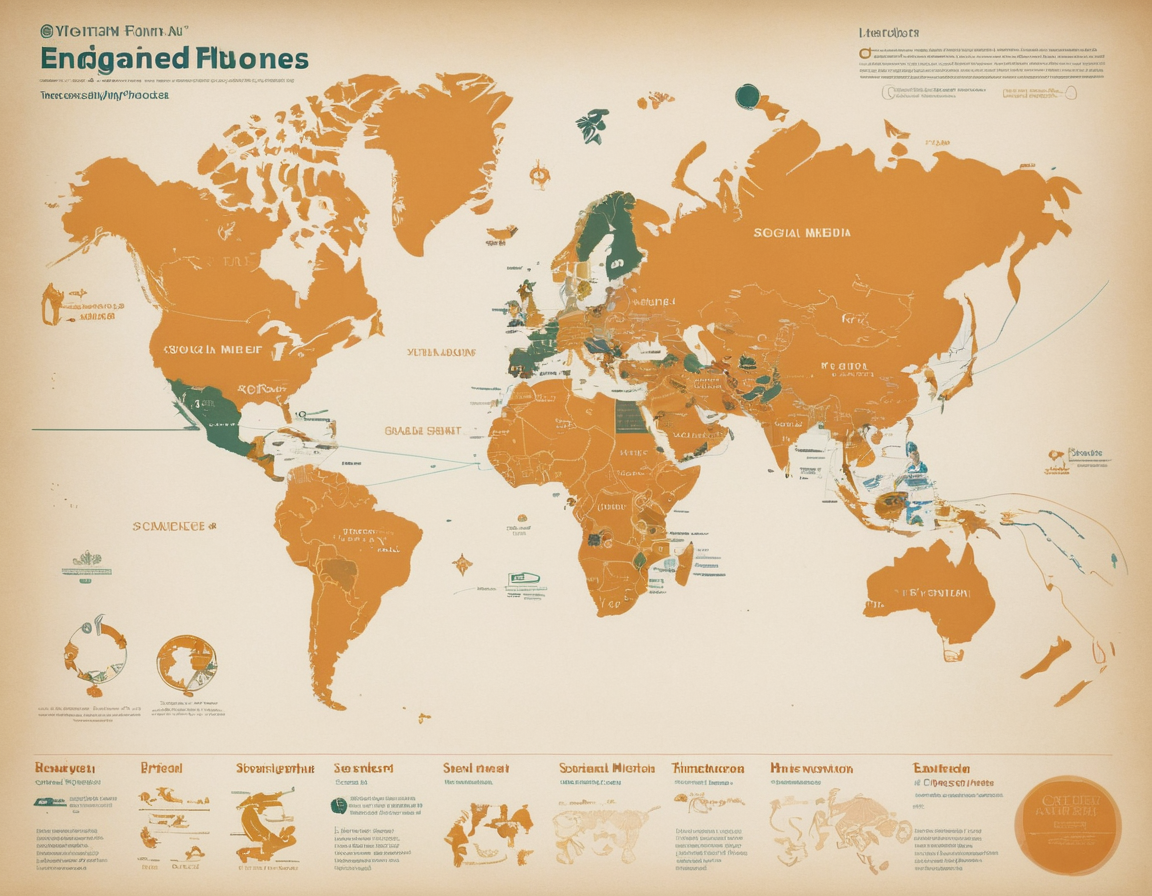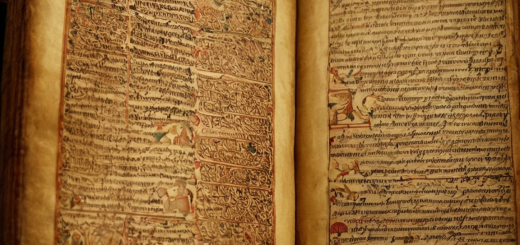Unlocking Cultural Heritage: The Bamum Script Goes Digital
Exploring the Digital Revival of the Bamum Script
In an era where digital communication has become ubiquitous, one might wonder about the fate of indigenous scripts that have historically played a crucial role in cultural preservation. The Bamum script, created in the early 20th century by Sultan Ibrahim Njoya from Cameroon, is one such example of an indigenous script experiencing a modern renaissance. This highly unique writing system is now gaining international attention as it becomes digitized, ensuring its survival and expanded use beyond its geographic origins.
The Origins and Significance of the Bamum Script
The Bamum script is an indigenous system of writing that originated in the Kingdom of Bamum, located in what is present-day Cameroon. It was crafted as a means for the Bamum people to document their history, stories, and traditions. Over time, the script has gone through various permutations, adapting to the evolving needs of its users. It’s a testament to the sophistication and ingenuity of the Bamum people and their determination to keep their language and culture alive.

Current Relevance and Digital Integration
In the age of digital technology, the Bamum script faced the risk of obsolescence. However, contemporary efforts are being made to digitally preserve and integrate the script into modern technology. This includes the creation of Unicode characters for the script, making it accessible on computers and smartphones worldwide. These advances are fostering a renewed interest in the script and are providing the Bamum people with new ways to engage with their language in the digital realm.

Expert Opinions on the Digital Renaissance
Experts in the field of linguistics and cultural preservation applaud the digitization of the Bamum script. They see it as a move towards inclusivity in the digital space, where often only the most widely spoken languages have a presence. This digital revival has been perceived as a means of safeguarding intangible cultural heritage, ensuring its transmission to future generations and helping to maintain linguistic diversity in the digital age.
Real-World Impact on the Bamum Community
The impact of digitizing the Bamum script is tangible within the Bamum community. It’s not only a source of pride but also a practical tool for education and communication. Digital tools are empowering speakers, especially the youth, to read and write in their ancestral language, thus strengthening their cultural identity.

The Future Outlook for Indigenous Scripts in the Digital Age
The successful integration of the Bamum script into digital platforms is a beacon of hope for other indigenous scripts facing similar challenges. It poses an exciting opportunity for the preservation of other minoritized languages and scripts, potentially influencing global standards to accommodate linguistic diversity in digital technology and media. The Bamum script’s journey is an inspiring example of how tradition and technology can coexist, grow, and enrich one another.
Discovering and celebrating the rich legacy of indigenous scripts such as Bamum is more than an academic exercise—it is a catalyst for cultural understanding across borders and generations. As this script finds its place in the digital lexicon, it opens up a world of possibilities for other scripts to follow suit, cementing the notion that technology should be a tool for cultural empowerment rather than assimilation.
Join the conversation about the Bamum script and explore its digital presence. Share this post and help us spread the word about the significance of cultural preservation in the digital age!







